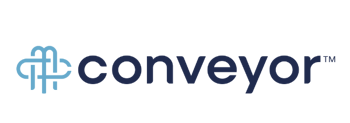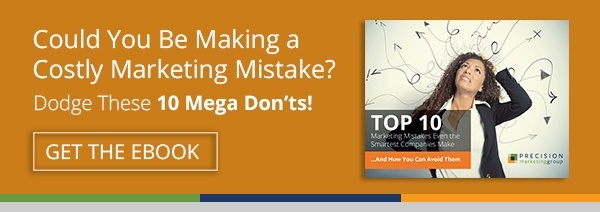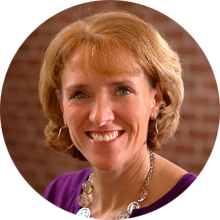Anyone with marketing experience understands the power of words to engage, persuade, and connect. Whether you are looking to choose the right word or phrase for an ad to present your message in the most compelling way, or to avoid language pitfalls, there is a resource for you.
But to achieve the most productive relationships in business and elsewhere, it’s important to learn one key skill: how to speak someone’s language.
I recently read Trevor Noah’s memoir, Born a Crime, which I highly recommend. The South African comedian, who speaks at least six languages, tells of how his ability to converse with fellow Africans in their own language helped him get what he needed as a child and escape dangerous situations, even during a short prison stay.
When asked about his experience “code-switching” between languages and accents to adapt to various situations, Noah told Teri Gross of NPR’s Fresh Air, “I think it was something I inherited from my mother, who learned to do it. I, like a baby duckling, was merely mimicking the survival traits that my mother possessed, and I came to learn very quickly that language was a powerful, powerful tool.”
And in his book, Noah writes: “Nelson Mandela once said, 'If you talk to a man in a language he understands, that goes to his head. If you talk to him in his language, that goes to his heart.' He was so right. When you make the effort to speak someone else's language, even if it's just basic phrases here and there, you are saying to them, 'I understand that you have a culture and identity that exists beyond me. I see you as a human being.'”
Trevor Noah experienced precarious situations where knowing how to speak to someone in their own version of their language potentially spelled the difference between life and death. I am not going to pretend that marketing situations are even slightly as serious, but we can learn from his story and identify ways to “speak the language” of our prospects and customers.
Here are five of those ways to consider.
1. Invest in strong buyer personas.
You cannot speak someone’s language without understanding what they care about, what they need from an organization like yours, and how they make buying decisions. You can make educated guesses about these things but until you speak to your customers and ask them directly, you will not know.
2. Know the key players – influencers and competitors.
Who are the biggest competitors that can hinder your relationship with your core audience? Who are the influencers your prospects and customers are following? What are they reading and watching to get information and insights on your product and service? To make a real connection with your prospect, you’ll need to know the landscape.
3. Learn industry terms and lingo – fast.
When marketing to a particular industry, you will want to understand all acronyms and terms as quickly as possible. From technical terms to professional associations, from slang to insider jokes, you need to be in the know. Do your research so you are credible at the outset of your engagements.
4. Clarify definitions to avoid mishaps.
If your prospect tells you that she needs to see a higher ROI from her financial software and you take that to mean she is looking for cheaper options when she really means she wants more functionality, your conversation will be disjointed. Always err on the side of clarifying what someone is saying rather than assuming you know.
5. Rinse and repeat.
It’s natural to invest a lot of time in client relationships when the engagement is new. But to continue building a strong, sustainable connection, it’s a good idea to regroup regularly with clients to make sure you are still speaking the same language. Are they getting what they need from your engagement? Are there new opportunities to explore? New ways you can help them?
So while you may not need to learn Mandarin or German to talk to your core prospects and clients, you do need to learn to speak their language as it relates to your engagement with them. It is worth the effort and will result in more successful outcomes.




